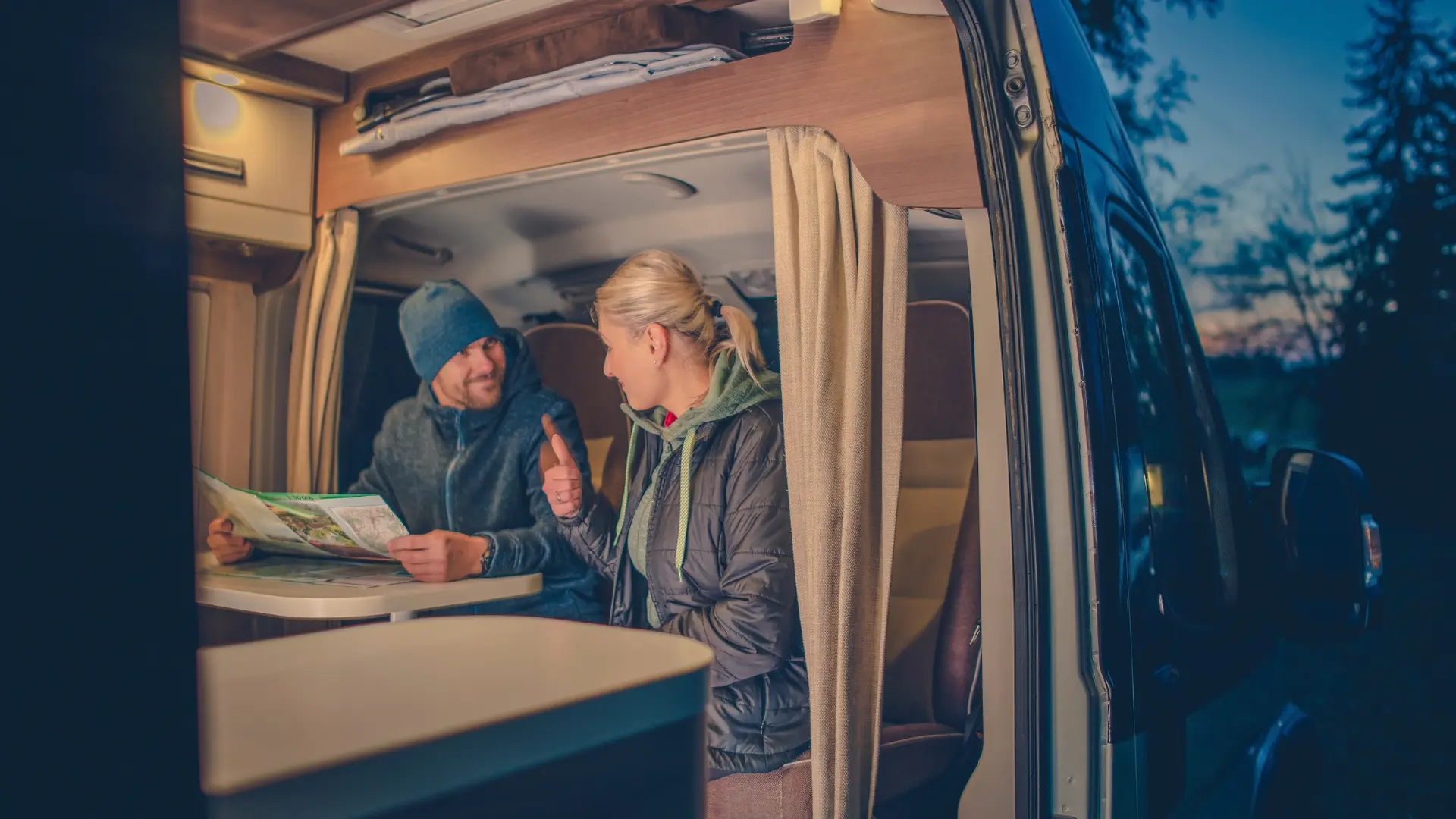Welcome to SportingNomad
Latest Posts
About SportingNomad

SportingNomad is an outdoor and camping media website that publishes trusted gear reviews, camping tips, and destination guides. We help campers choose the right tents, lights, furniture, and accessories through honest, research-driven reviews and practical outdoor advice, reaching over 50,000 readers every month.